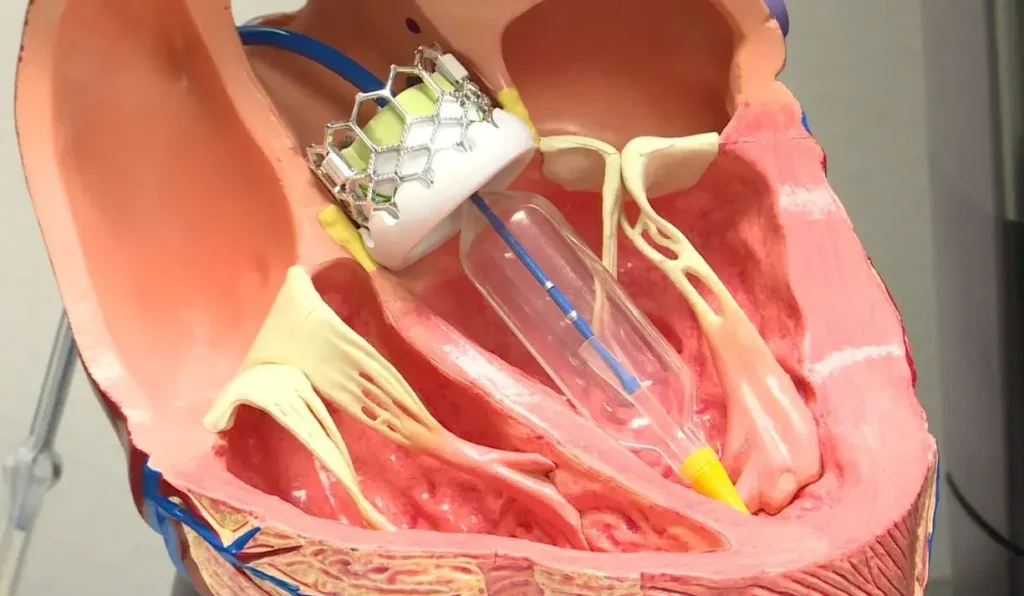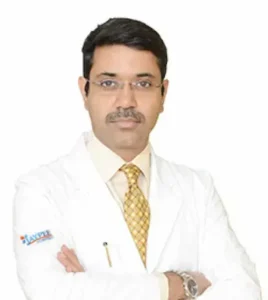The cost of heart valve replacement in India is approximately USD 6,000, though this can vary based on several factors. The success rate for this procedure in India is around 90%, making the country a popular destination for treatment. Notable specialists in this field include Dr. YK Mishra, Dr. ZS Meharwal, Dr. Naresh Trehan, and Dr. Devi Shetty. Prominent hospitals offering this treatment are Manipal Hospital, Medanta Hospital, Fortis Escorts Heart Institute & Research Center, and Narayana Hospital. The typical hospital stay for the procedure is between six to eight days, with patients generally remaining in India for about ten days.
About Heart Valve Replacement
The heart contains four valves—mitral, tricuspid, pulmonary, and aortic—that regulate blood flow by opening and closing with each heartbeat. Heart valve replacement involves substituting a damaged or diseased valve with a prosthetic one to restore normal function. The prosthetic valve mimics the natural valve’s opening and closing actions. Damage to the heart valve can occur due to calcium buildup or other factors. This procedure is often performed through open-heart surgery.
Symptoms
Severe Frazzle, Swelling in the hands and bases, Nausea and weakness, briefness of breath, Pain in arms or shoulders, Indigestion, casket pain
Diagnosis
Croakers perform a regular physical examination, enquire about the medical history, and family history, followed by several tests as follows, Electrocardiogram( ECG) ECG measures the rate and chronicity of theheartbeat., Echocardiogram This test uses special sound swells to produce a picture of the heart to know how well the heart is working and the condition of thevalves., Stress test This test tells the heart’s condition while doing any physical exercise like walking on thetreadmill.,X-ray This creates the picture of the lung, heart, and other organs in thechest., Coronary Angiography This test helps the croaker find the blockages that can beget a heart attack using colorings to study the inflow of blood through the coronary highways.
Treatment
Stopcock relief surgery can range from minor procedures, where only the imperfect stopcock is changed, to more complex bones
involving the relief of the stopcock with a patron’s stopcock. The surgery begins with an gash on the case’s casket, generally eight to ten elevation long, depending on the specific type of surgery. The procedure generally lasts around four to fivehours.First, the case is given anesthesia to insure they’re unconscious and don’t feel any pain. The surgeon also makes a cut on the casket to pierce the heart stopcock. To cover the heart during the procedure, drug is administered, and a heart- lung bypass machine is used to circulate oxygenated blood throughout the body, temporarily taking over the heart’sfunction.The surgeon replaces the damaged stopcock with a healthy bone
. After the relief, the heart is renewed using small paddles to deliver a shock. The blood is also allowed to re-up the heart from the bypass machine, and the tubes connected to the machine are removed. Eventually, the gash is closed with both internal and external aches.




